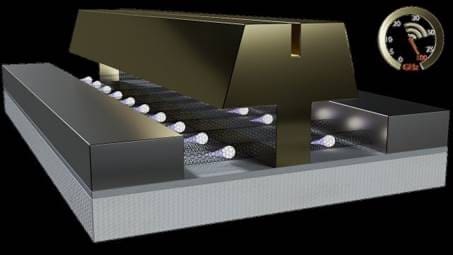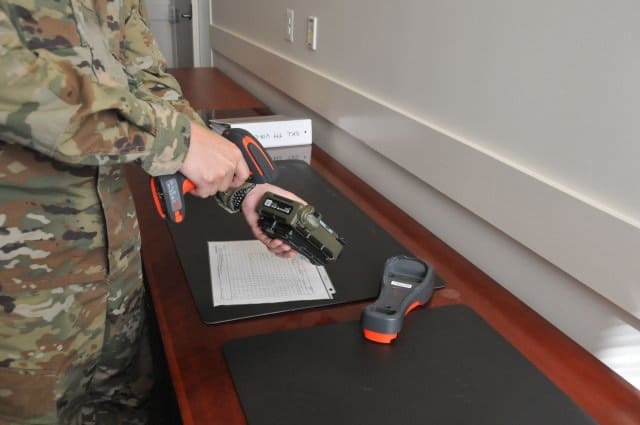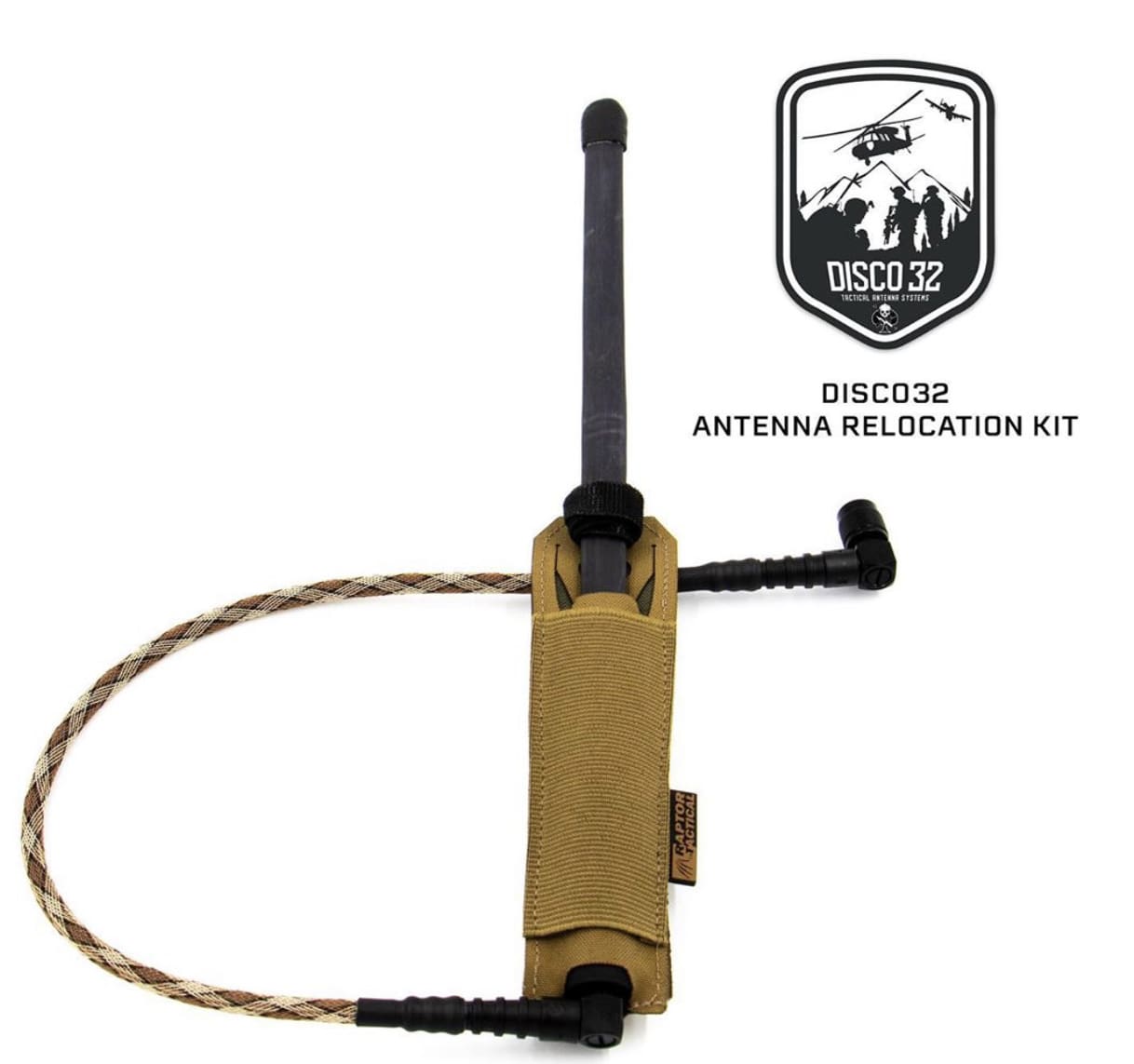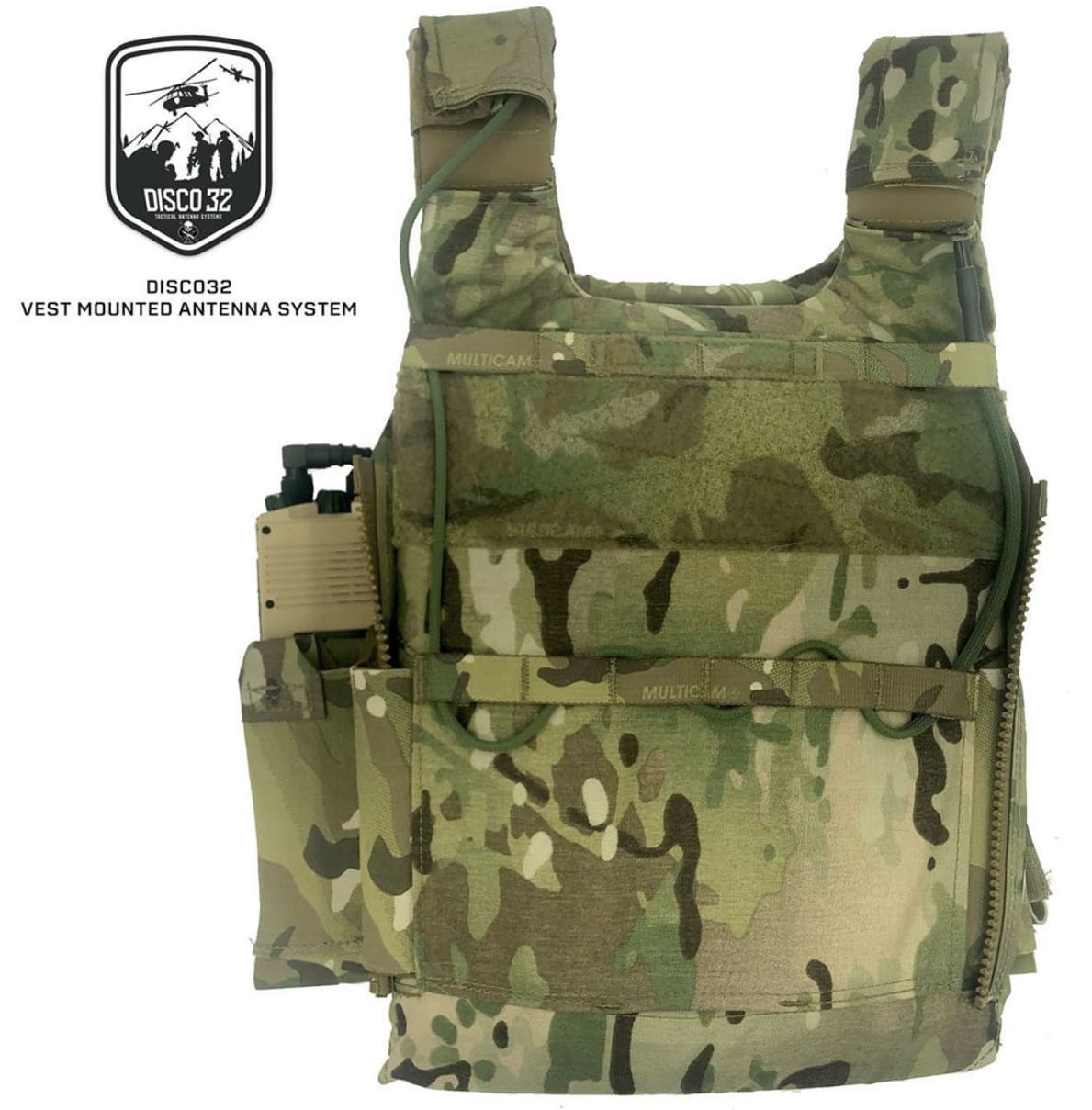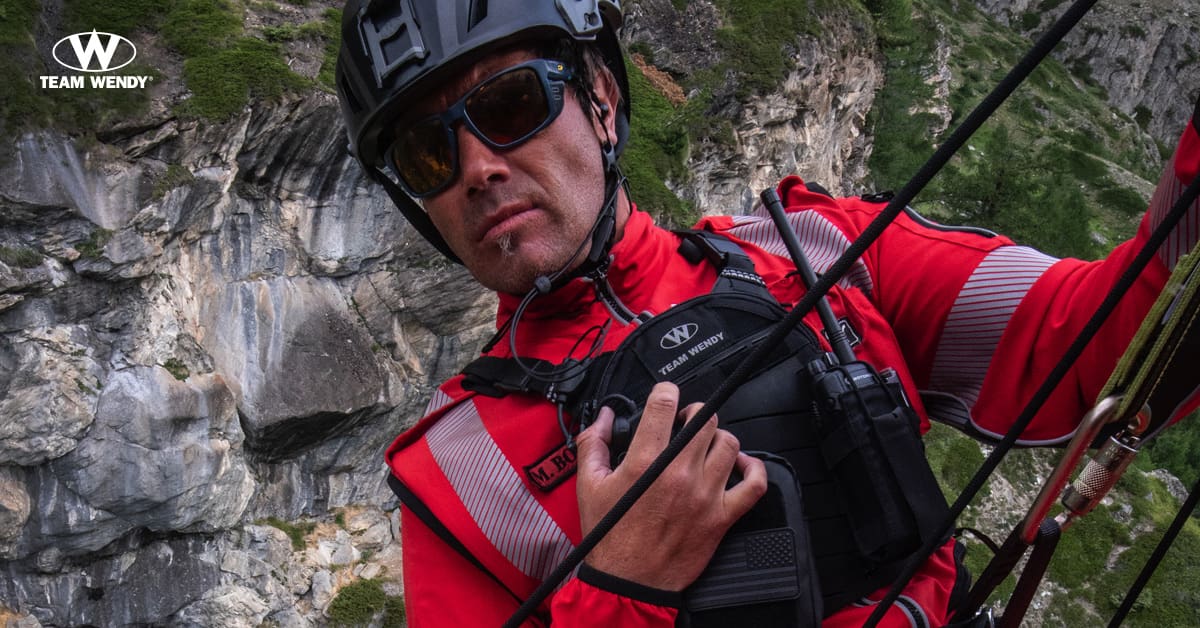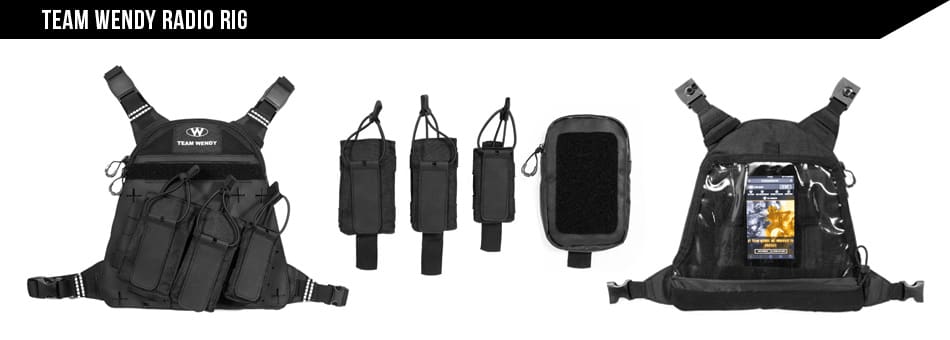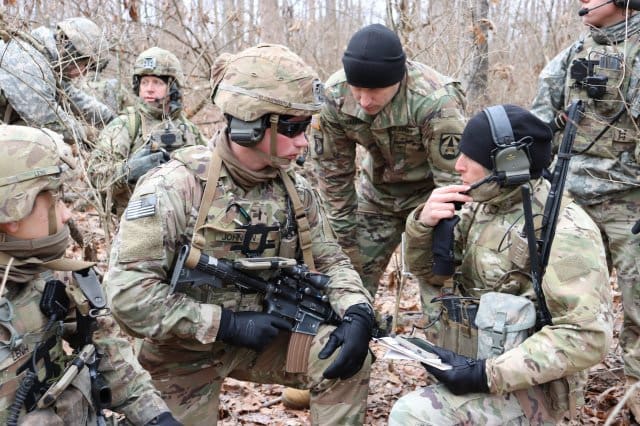
To address Soldier feedback requesting easier and faster ways to plan and manage the Army’s advanced software defined radios, such as the 2-Channel Leader Radio, the service is piloting a new software tool suite that reduces the time it takes to initialize, plan and load a brigade’s worth of radios, from four weeks to minutes.
These new user-friendly software prototypes also lay the foundation for rapid unit task reorganization and enable tasks once performed by advanced Signal Soldiers to be performed by general purpose users for increased operational flexibility.
The Army’s Program Executive Office for Command, Control and Communications-Tactical (PEO C3T) leveraged its Unified Network Operations Middle Tier Acquisition (UNO MTA) authority to develop these pioneering capabilities in just three months, compared to a traditional full custom Army development effort that would have taken 12 to 18 months, or more.
“Our new user-friendly Network Operations planning and management software prototype tools work hand-in-hand to initialize, plan and load a brigade’s worth of radios faster than ever before,” said Cpt. Nicholas Milano, assistant product manager for Tactical Cyber & Network Operations, Project Manager Tactical Network, assigned to PEO C3T. “Each integrated piece of software works in unison in an end-to-end network planning and initialization workflow.”
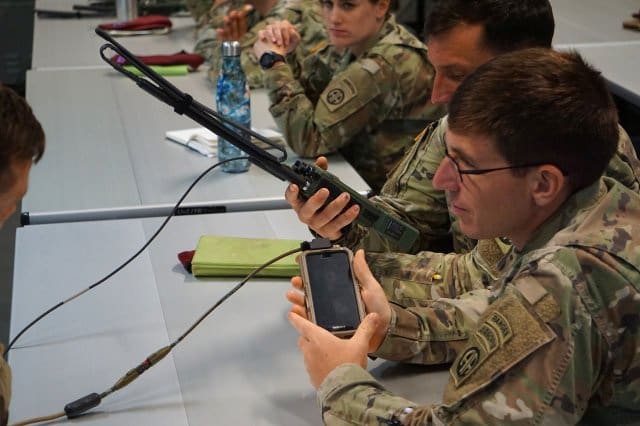
The prototype software tool suite includes:
– The Integrated Planner: an overarching system that plans and creates configuration files for numerous network elements, including the software defined radios supporting the Army’s tactical network. This planner was developed to integrate or replace existing network planners.
– Network Operations Management System (NOMS): an overarching prototype system used to manage the network and support non-classified, classified and coalition network enclaves with common look, touch, feel, and functionality.
– Initialization Tool Suite (ITS): enables Soldiers to manage and modify their network initialization data products network design on the ground in theater. Data Products provide the information required to enable end-to-end network connectivity and interoperability across the Army’s tactical internet.
— Codex: an authoritative database with a common data model and open Application Programming Interfaces (APIs), enabling standard access to the data product network design. APIs enable applications to “talk” to each other.
— Atom: a simplified radio planner that provides intuitive workflow and an open API that uses the data product network design to provide a radio waveform plan. The Atom prototype will inform enhancements and future capability and fielding decisions on the final new solution to support existing and emerging planning requirements, potentially replacing the legacy Joint Enterprise Network Management Capability.
–Black Sails: a simplified radio configuration tool that uses the waveform plan through an open API to configure software defined lower tactical internet radios. Atom and Black Sails work hand-in-hand — Atom creates the plan and Black Sails generates the configuration files and loads the radios.
The UNO MTA is helping the PEO rapidly deliver a more robust, integrated, and standardized set of network management capabilities that enable Soldiers from tactical edge up through corps to plan, configure, manage, monitor, provision and secure/defend their network assets. UNO efforts simplify and reduce the number of tools Soldiers use to manage and defend the tactical communications network.
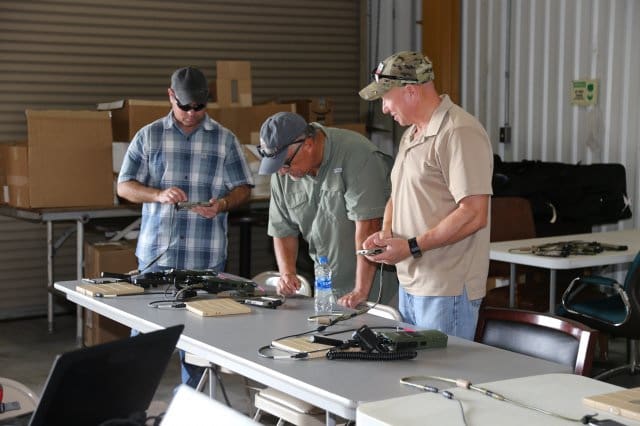
“We are leveraging the OTAs to prototype solutions to configure and integrate tactical and enterprise networks, enabling the delivery of information and communications among Soldiers at all echelons, utilizing network resources prioritized according the commander’s intent,” Milano said.
To create the unified radio planning and management software tool suite, the UNO MTA team-of-teams concentrated on prototyping commercial-off-the-shelf software applications for network planning and management, integrating them into existing government programs of record, and then quickly inserting them into military formations to gain feedback for further enhancements and to support future Army capability decisions.
The team is working with operational units to pilot these software tools and leverage Soldier feedback to inform requirements as part of the Army’s developing Integrated Tactical Network, or ITN. The ITN capabilities work together to enable commanders to leverage both military and commercially available networks for secure and reliable multi pathway communications and information sharing between Army, joint and coalition partners. The ITN commercial-off-the-shelf equipment includes new expeditionary satellite terminals, line-of-sight backhaul, mobile broadband kits, radio waveforms, a two-channel Leader Radio, single channel radios, end user devices, network gateways, unified network operations tools and data products.
As part of a developmental operations construct, PEO C3T engineers are implementing continuous exploration, integration, and deployment of the software prototypes that include quarterly Soldier touch points with various units, including the 1st Brigade Combat Team, 82nd Airborne Division; 1st Battalion, 508th Parachute Infantry Regiment, 3rd Brigade Combat Team, 82nd Airborne Division; and the 10th Mountain Division. Using this common cadence, each program office has the dedicated resources necessary to continuously define, build, test and deliver value to the Army, said Keith Whittaker, network planning product lead for PM Tactical Network.
“We gain continuous feedback on the prototype design, which is immediately fed back into the software development sprint cycles, to be refined again as part of the next quarterly release cycle,” Whittaker said. “This construct has already proven its value, enabling the program offices to observe Soldiers interacting with prototype mock-ups before a single line of code is ever written.”
Through requests for proposals and technical exchange meetings–initiated by the Network-Cross Functional Team– PEO C3T determined the best options for integrating existing capabilities with minimum development efforts.
Throughout the development process of the radio planning and management software tool suite, the team purposely laid a foundation for an open framework and open standards, including open APIs.
“This open architecture ensures future DoD software and system development can most effectively and efficiently share information between systems and more easily and rapidly integrate future systems to improve functionality and capability,” Whitaker said.
The open construct will be critical to future network modernization endeavors, as the DoD continues to develop integrated capability, such as the ITN, which includes multiple vendors, hardware, software, configurations, and systems that overarch multiple programs.
Story by Amy Walker, PM Tactical Network, PEO C3T public affairs
Photos by Kathy Bailey, PEO C3T public affairs and 1st BCT, 82nd Airborne Division public affairs
